Entry Type: Event
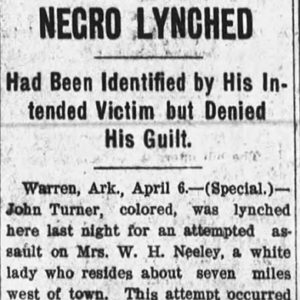 John Turner Lynching Article
John Turner Lynching Article
Turner, William (Lynching of)
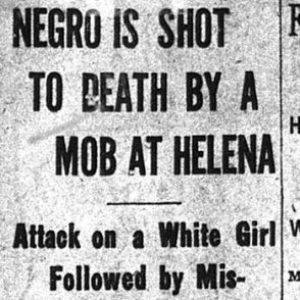 Turner Lynching Article
Turner Lynching Article
Tutt-Everett War
aka: King-Everett War
 Two Rivers Park
Two Rivers Park
 Typhoid Innoculation
Typhoid Innoculation
U.S. Term Limits Inc. v. Thornton
 UCV Reunion Parade
UCV Reunion Parade
UFO Sightings
aka: Airship Sightings
Underwood, James M. (Execution of)
 Union County Lynching
Union County Lynching
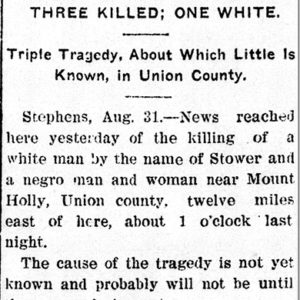 Union County Lynching Article
Union County Lynching Article
Union County Lynching of 1873
Union County Lynching of 1904
Union Occupation of Arkansas
Union Transport near St. Charles, Attack on
aka: Attack on U.S. Transport Marmora (October 22, 1864)
United Confederate Veterans Reunion of 1911
United Confederate Veterans Reunion of 1928
United Confederate Veterans Reunion of 1949
United States v. Burch
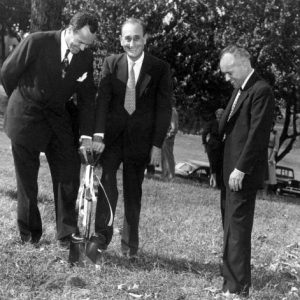 UAMS Groundbreaking
UAMS Groundbreaking
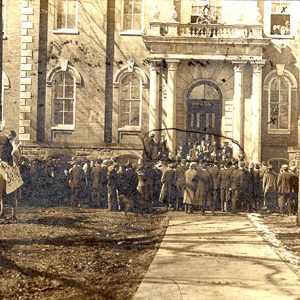 University of Arkansas Student Protest
University of Arkansas Student Protest
 USS Arkansas Commissioning
USS Arkansas Commissioning
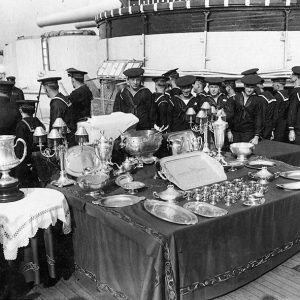 USS Arkansas Silver Service
USS Arkansas Silver Service
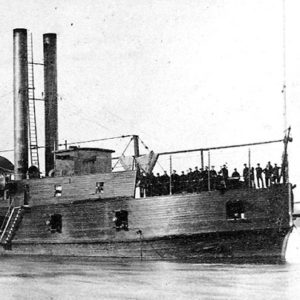 USS Conestoga
USS Conestoga
 USS Little Rock Christening
USS Little Rock Christening
USS Queen City, Sinking of
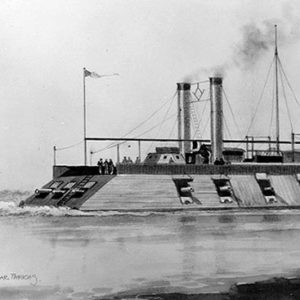 USS St. Louis
USS St. Louis
Van Buren and Fort Smith, Reconnaissance to
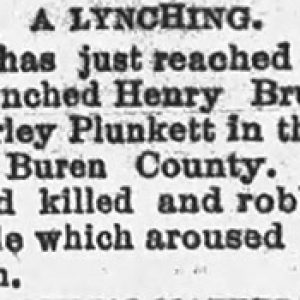 Van Buren County Lynching Article
Van Buren County Lynching Article
Van Buren County Lynching of 1894
Van Buren Schools, Desegregation of
Van Buren, Capture of
Van Buren, Skirmish at (April 2, 1865)
Van Buren, Skirmish at (August 12, 1864)
Vaughn, Samuel (Execution of)
Vine Prairie, Skirmish at
Waddell’s Farm (near Village Creek), Skirmish at
Wainwright, Larry (Murder of)
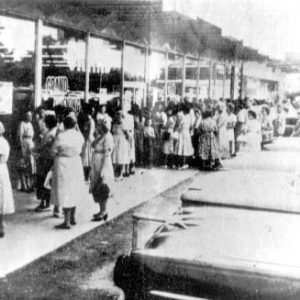 First Opening of Wal-Mart
First Opening of Wal-Mart
Waldron to Baker’s Springs, Scout from
Waldron to Mount Ida, Caddo Gap and Dallas, Scout from
Waldron War
Waldron, Attacks on
Walker, Dock (Execution of)
Walker, Nick (Execution of)
Wallace, John (Reported Lynching of)
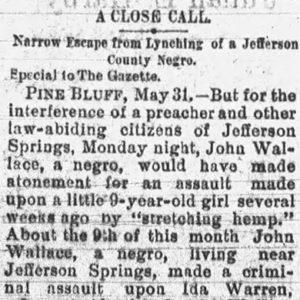 John Wallace Lynching Article
John Wallace Lynching Article




